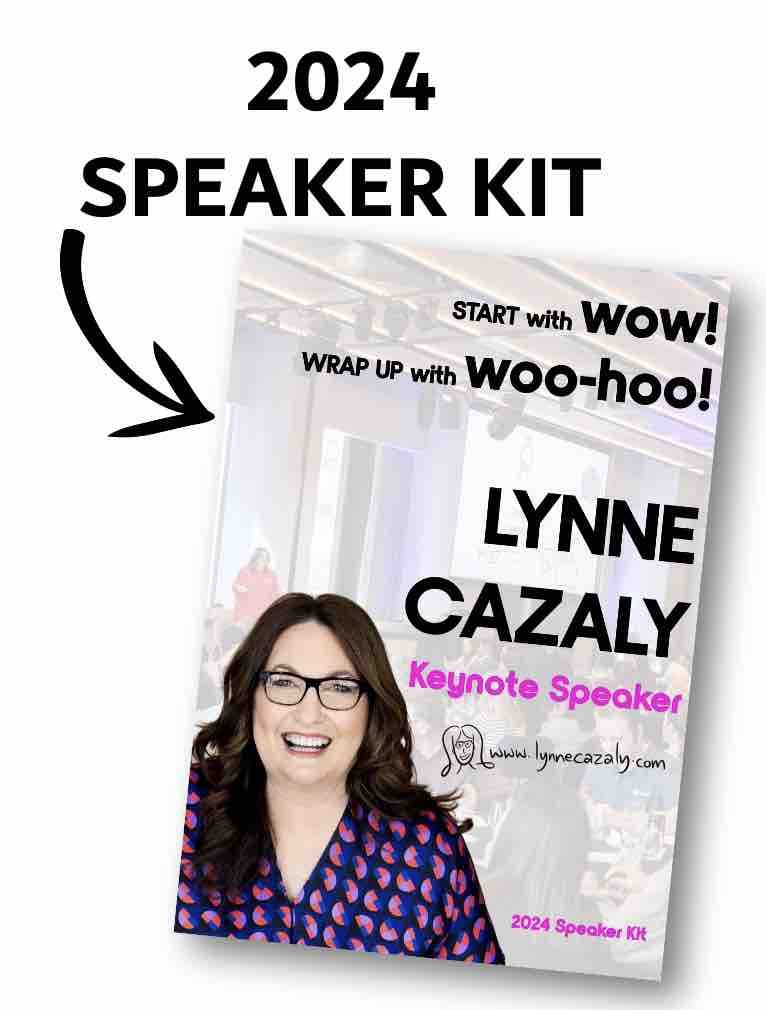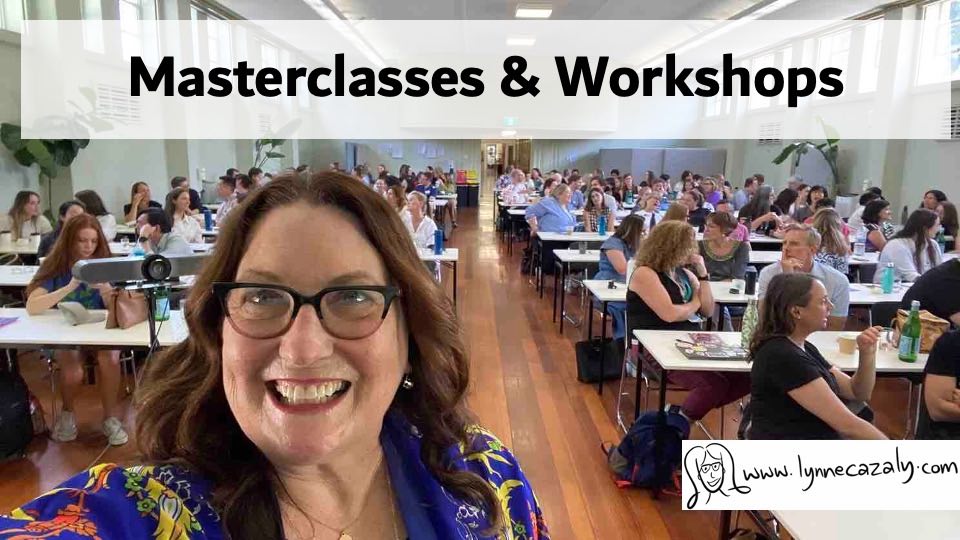Focused talk... or off on a tangent
 Monday, September 3, 2012 at 5:22PM
Monday, September 3, 2012 at 5:22PM The quick pic image at the left for you this week is a good reminder: notice when conversations, meetings and discussions are focused and on-topic or wandering off on a tangent. Conversations do spark people’s thinking. It’s no wonder we think of other things or want to raise what we see are important or related topics when we're right in the middle of another.
So be aware of how you encourage divergent and convergent thinking when you’re leading or participating in a meeting or discussion.
Divergent – open it up, open up the conversation and the discussion.
Convergent – narrow it down, close it up, wind it up.
If the talk goes off-topic, rather than rolling your eyes with ‘here they go again’, say that it sounds like it might be on another topic. Then you have a choice: proceed along the existing path or take the new path. I like to note what that topic, question or comment is. You can come back to it if you choose not to take that path right now. It can help to ask: 'Do we need to go along this path?' 'Does it tie in to our topic today?' 'Is this related?' 'Is this the time/place to talk about it?' Notice these are closed questions. If you do go along this new path, then it's helpful to open it up (divergent) with open questions like 'How does this....', "What parts of that...' or 'Where do these points...'
In true divergent and convergent thinking, divergent is about many possible solutions. Convergent is about one.
In business, I often see leaders, managers and meeting facilitators hit speedbumps when a topic is about to be wound up and converged ... and (often unknowingly) they ask another open question. Wham! It's open again. More divergent thinking and talking. Of course if it needs discussing and deciding you do that. But make sure the questions you ask suit either opening things up or closing them down.
Are we all done on this topic now? Is there anything else to add to this before we move to the next point? Do we need any more time on this topic?
Notice how you as the leader, manager, consultant or facilitator contribute to diverging or converging.















